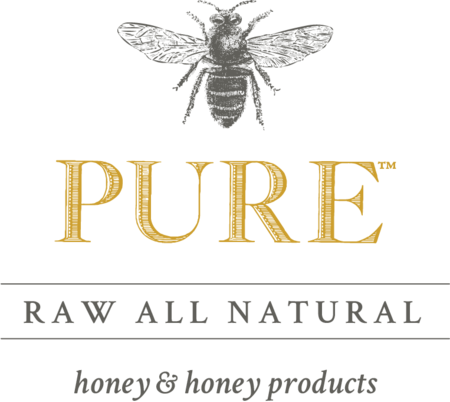Q&A
What is raw Honey?
The National Honey Board defines raw honey as “Honey as it exists in the beehive or as obtained by extraction, settling, or straining without adding heat.”
How do you store honey?
Store honey at room temperature. Your pantry or kitchen counter is ideal.
Why does honey crystalize?
“Crystallization is a natural process of glucose sugar molecules aligning into orderly arrangements known as crystals. It is not an indicator of spoilage, impurity, age or quality. Storing honey in the refrigerator accelerates the honeys crystallization process.” – National Honey Board
How do you soften honey?
Place your jar of honey in warm water to soften. Do not heat the honey over 120 degrees. This will cook and process your honey. Leaving you with no added benefits from the pollens, vitamins, enzymes, and minerals you receive from raw honey.
You can also place your jar outside on a warm day. The heat of the day with soften the honey for you. Do not place in direct sunlight.
What is considered local?
Local is food produced near the consumer, particularly 100 mines within the area you live. Eating locally is sustainable, better for your local economy, and leaves less of a carbon footprint.
Does honey spoil?
Honey is the one food product in the world that never spoils. For more information go to Smithsonian Magazine, The Science Behind Honey:
When do we harvest honey?
We harvest our honey from May until August. Then we leave the rest of the honey for the bees to eat during the fall and winter season.
Why is honey different colors?
The flavor and color of honey varies depending on the nectar the bees collect. In the United States there are over 300 distinctive types of honey originating from different flora sources. We offer two flora sources. Our raw orange blossom honey is from the bees foraging orange groves. Then our raw wildflower honey is from the bees foraging wildflowers, weeds, and trees during spring and summertime.
